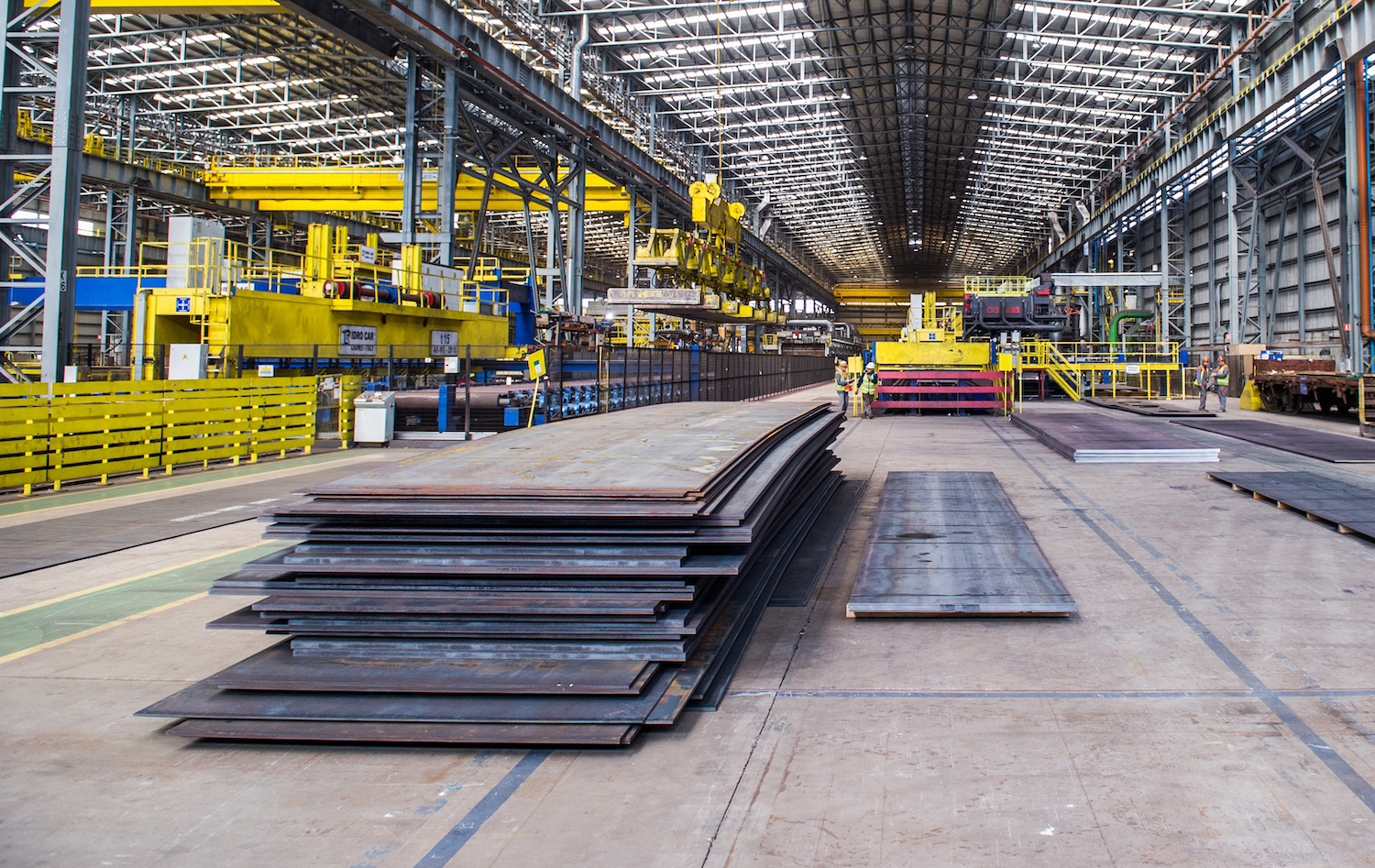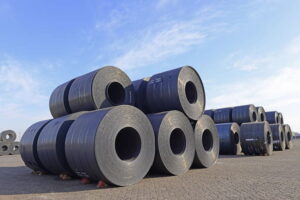Russian oil company Rosneft said Dec. 21 it will build a 1.5 million mt/year steel plate and pipe mill that will cater to major Russian shipyard Zvezda and help balance the country’s large diameter pipe and wide plate capacities.
Rosneft, which heads the consortium of investors developing the Zvezda shipyard, is about to break ground on the Primorsky Metallurgical Plant (PMZ) in Sukhodol Bay near Bolshoy Kamen in the south of Primorsky Krai, Russia’s Far East.
The steel rolling plant project is owed to Russian President Vladimir Putin’s instruction to provide Zvezda with large steel plates. In 2024, the shipyard will require 350,000 mt of steel. Rosneft said it has completed a feasibility study of the project and is working on the optimal plant layout.
The project will be developed in two stages. The first provides for the installation of 5,000 mm wide plate rolling mill. A large diameter pipe (LDP) welding line will be added in the second stage.
Plates up to 4.2 meters wide and up to 24 meters long made of cold-resistant steel grades will make up the bulk of the output of the mill. Some 200,000-220,000 mt/year will be made up of LDPs. A part of its output will be distributed in Russia’s Far Eastern district, with excess expected to be exported.
Reductions in costs
Steel could absorb up to 20% of the manufacturing cost of a tanker. Having captive plate (although this will be made from outsourced slab), along with minor transportation expenses will significantly reduce overall shipbuilding costs and through that the price of the final product, according to Rosneft.
Also, using 24-meter-long plates means fewer welds in vessel bodies, ensuring a more robust structure and faster construction.
Zvezda carries out large-block assembly and employs Goliath cranes with 1,200 mt carrying capacity. Using plates of large dimensions is key to its technological process, Rosneft said, explaining how the shipyard benefits from having an affiliated plate mill.
To enable the mill’s operation, Rosneft will need to build a sea berth, a road and a rail link, and it will have to invest in housing for employees, building water and energy supply networks, power lines and gas pipelines. The plant’s total electricity demand is estimated at 120 MW. It will employ 1,500 people.
Rosneft will then become Russia’s sixth LDP manufacturer and fourth 5,000 mm wide plate producer.
Russia’s plate capacity
The project, if realized, will take Russia’s wide plate capacity to 5 million mt/year and LDP capacity to 5.4 million mt/year, which would be the equivalent to just over half of the global LDP market envisaged at 10 million mt/year by 2024-25, according to a forecast by Russian steelmaker Severstal.
Today, Russia’s LDP capacity stands at 5.9 million mt/year, representing the combined total of five market players, including Severstal, OMK and Zagorsk Tube.
The usable capacity is therefore 5.2 million mt/year, but even this figure does not represent the maximum possible output – the latter is limited by a third as the combined capacity for wide plate (LDP feed) of its domestic producers MMK, OMK and Severstal is only 3.5 million mt/year, but even more limited by demand.
According to Severstal, the world’s LDP production is likely to grow only marginally this year, to 7 million mt, but the steelmaker expects it to jump to 9 million mt/year in 2022-23.
The growth in demand is expected to be driven by:
- A recovery to 2 million mt/year in Russia, up from 1.4-1.5 million mt/year in 2020-2021.
- An increase to 1.4 million mt in 2022, up from this year’s 1.1 million mt in Europe.
- An uptick to 350,000-400,000 mt/year in 2022-23 in South America.
- And an increase to 1 million mt/year in 2022-23 in the US.
— Ekaterina Bouckley






